
We've all heard of Blundells Cottage, that rubble-stone museum on the shores of Lake Burley Griffin, named after the family who lived there for more than 50 years around the turn of the 20th century.
The story of George Blundell and his family often overshadows that of the Ginns who lived in the cottage for a shorter time but were actually first to call it home.
So, today, I'd like to shine the spotlight on William and Mary Ginn who along with their two sons arrived 165 years ago this month, as assisted immigrants from Hertfordshire, England, aboard the Alfred.
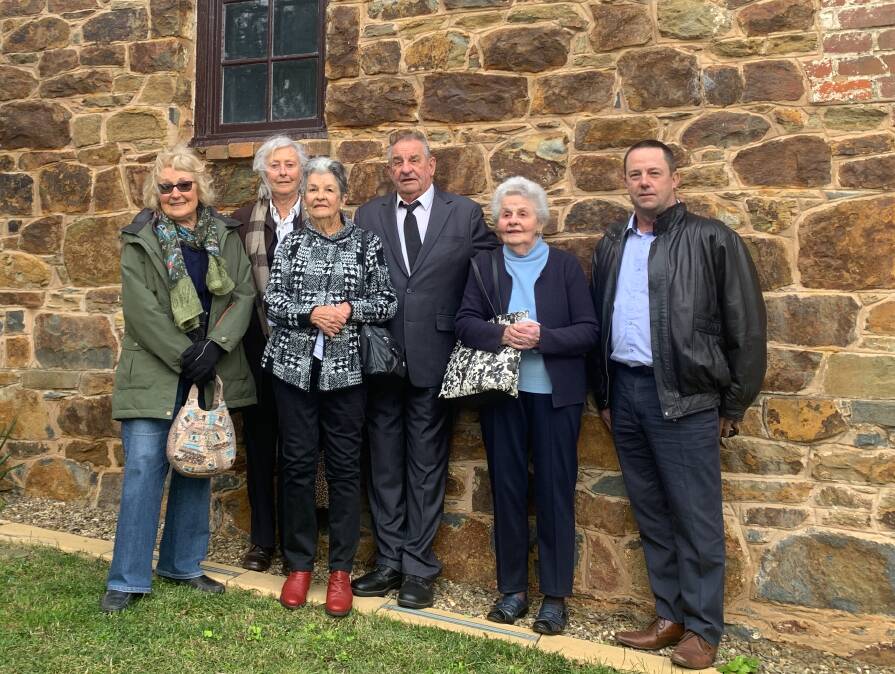
Shortly after their arrival in the new colony, Robert Campbell appointed William as head ploughman on the growing Duntroon Estate.
First digs for the Ginns was a rudimentary slab hut near Woolshed Creek (not far from present Majura Park shopping centre), but as soon as the stone cottage we now call Blundells was built by Campbell circa 1860, the Ginns were first to be given the key as tenants. The opportunity to live in the cottage was a reward for Ginn who was viewed widely as once of the best workers on the Duntroon Estate.
Despite its modest dimensions by today's standards, boasting a parlour, kitchen and two bedrooms, it would have been luxurious compared to the basic quarters many other workers sheltered in.

Not surprisingly, the high regard that Campbell held for Ginn apparently made other workmen a tad jealous, even before he'd been given the accommodation upgrade.
In An autobiography or Tales and Legends of Canberra Pioneers (ANU Press, 1967) author Samuel Shumack reports that Ginn was the victim of at least one jealousy-inspired attack.
"The harvest of 1857-58 was a splendid one and during Christmas some of Campbell's guests were in the harvest field and expressed an admiration of the crop, one saying it was the best he had seen that year," reports Shumack. "Several farm hands heard this compliment on Ginn's efficiency and were offended, and one of these was Alfred Mayo."
According to Shumack, some months later, Mayo handed a frying pan handle to fellow worker and known heavy drinker Billy Appleyard, telling him to "go and knock on Ginn's door and when he opens it, knock him down with this, and I'll give you a bottle of rum". Heck.

Fuelled by the promise of free grog, "Billy struck Ginn with a blow across his mouth, knocking out four teeth and splintering his jaw." Ouch.
An enraged Ginn retaliated by dragging Billy down to a nearby woodheap and picking up an axe.
According to Shumack, as Ginn was about to swing the axe in self-defence, "Mrs Ginn intervened and prevented an awful tragedy". Phew.
Shumack, who personally knew both combatants, concludes: "Ginn was a very quiet man and was surprised at this hostile action to injure him; however, he was later told that jealousy was the motive behind the attacks."

While the sands of time mean it's difficult to substantiate every detail of the anecdote, there's no reason not to believe it. In her aptly named The Cottage (Canberra & District Historical Society, 1990) Beth Knowles says, "William was much respected by his employer for his quiet manner and diligence; it is not hard to give credence to the story of William being a victim of foul play by other employees, for life could be rough and tough amongst the workers."
It's also a story that's been handed down from one generation to the next in the Ginn family.
Just last week I was fortunate to catch up with six direct descendants of the Ginn family who gathered at the cottage prior to a family funeral.
"Yes, that unprovoked attack on William is completely true - it's been passed down through generations," asserts Alick Trounson, who is proud as punch that the home of his great grandfather is now a Canberra tourist attraction.
"I remember as an 18-year-old being at the ceremony when members of the Ginns, the Blundells and the Oldfields handed the keys over to Doug Anthony, minister for the interior, for it to become a museum," he recalls.
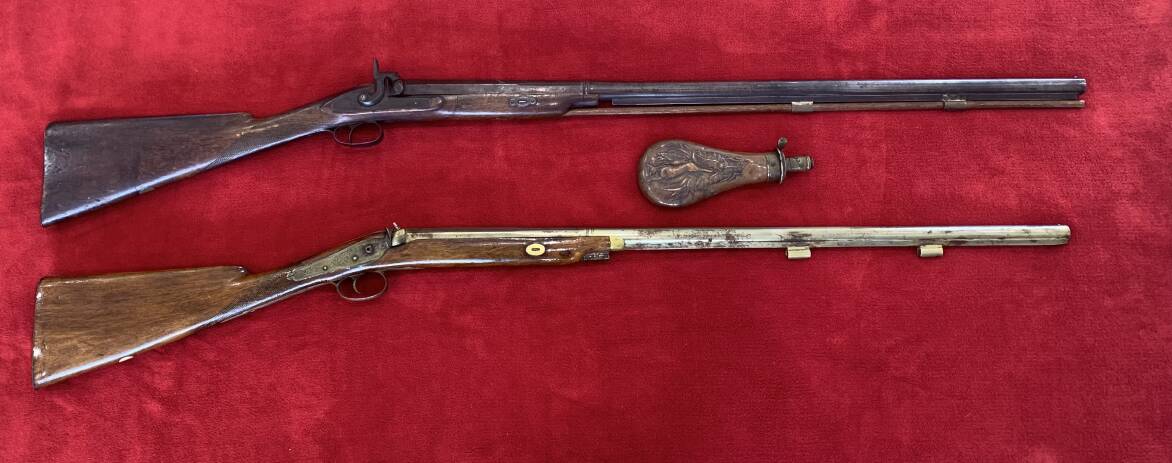
While the frying pan handle incident occurred in the late 1850s, meaning it was likely at the slab hut at Woolshed Creek, there are still tangible reminders of the Ginn's days as pioneers at Blundells Cottage.
The most surprising of these is a four-poster bed which William and Mary lugged out from England with them in 1857 and now takes pride of place as an exhibit in the original bedroom at the front of the cottage.
Roslyn Hull, attractions manager with the National Capital Authority, the current custodian of the cottage, explains, "By the time the Ginns travelled to Australia, all assisted migrants had a prescriptive kit list they had to bring. The colonies did not yet have a foundry capable of making a bedstead, so this was one of their requirements. Every rail, end, and the base joins another so it would have been shipped as a flatpack."
The Ginn family also have squirreled away a treasure trove of other objects which William and Mary brought with them on the Alfred in 1857, including a muzzle-loading gun and a Church of England prayer book.
According to Beth Knowles, the prayer book, presented to the couple on their departure for Australia by an English rector, ensured the Ginns "travelled with much needed character references; for the Campbells, like all employers during the gold-rush era, were necessarily careful to protect themselves against undesirables."
Mmm... clearly such caution wasn't sufficient to protect William Ginn against the wrath of Billy Appleyard wielding a frying pan handle.
Five things you didn't know about historic house

1. While working for the Campbells on the Duntroon Estate, William and Mary Ginn had two daughters, Agnes at Woolshed Creek and Gertrude, who, on August 21, 1865, became the first child born at the Blundells Cottage.
2. Due to the voluminous nature of clothing women of all ages wore during the 19th century, fire was a major hazard, especially cooking and working around open fires. In June 1864, aged just five, poor Agnes Ginn fell into a fire at the cottage, severely burning her hands. Then in 1892, the eldest Blundell child, Florrie, died from burns sustained after she got too close to the open fire while ironing, her nightdress erupting in flames.
3. In 1874, the Ginn family moved to their own property, Canberra Park, near what is now the northern gateway to the ACT. The saddle that the Federal Highway passes through just after you enter the ACT is still known (but sadly not signposted) as "Ginns Gap".
4. Bullock driver George Blundell and his midwife spouse Flora were next to move into the cottage. They had eight children so added two more rooms. After Flora died in 1917, George lived in the cottage with a succession of temporary residents until 1933.
5. The next couple to call the cottage home for a substantial period was shepherd Henry (Harry) and his wife Alice. After Harry's death in 1942, Alice lived in the cottage 16 more years until she died in 1958. After her husband's passing, Alice was rarely seen dressed in anything but black and when visitors arrived, Alice's pet cockatoo would raucously screech "Shut the bloody gate!".
Blundells Cottage is located on Wendouree Drive (car park access via Constitution Drive) in Kings Park, Parkes, and is open 10am-2pm Saturdays and Sundays. Free entry.
WHERE IN THE SNOWIES?
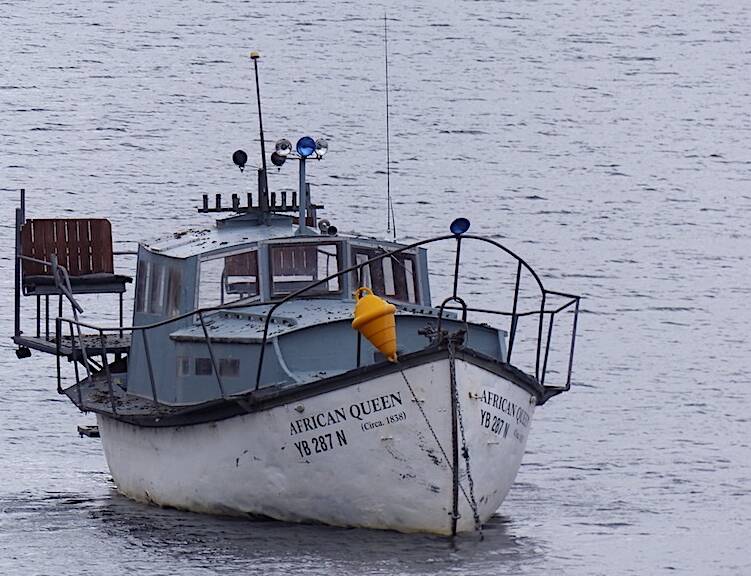
Rating: Medium
Clue: No sign of Humphrey Bogart and Katharine Hepburn but you might find a bronzed Sir Paul nearby
How to enter: Email your guess along with your name and address to tym@iinet.net.au The first correct email sent after 10am, Saturday July 9, wins a double pass to Dendy, the Home of Quality Cinema.

Last week: Congratulations to James Wainwright of O'Connor who was the first to identify last week's photo as the Crookwell Railway Station after a snowstorm on the now closed Goulburn to Crookwell railway line. The photo was submitted by John Davenport who reports, "The line opened in 1902, closed to passenger service in 1974 and to goods traffic in 1985, and was listed as 'suspended' in 1989, but has never been officially closed." The station was added to the NSW Heritage Register in 1999 and is now maintained by the Goulburn Crookwell Heritage Railway Inc.
TEA , ANYONE?
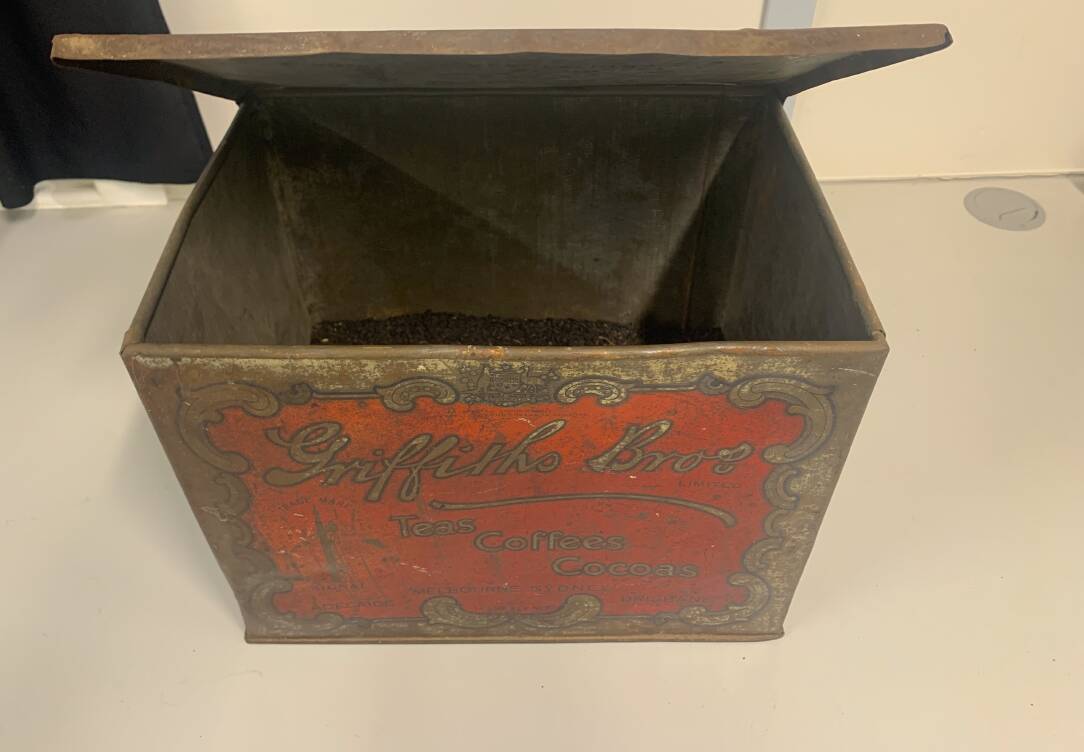
While preparing for the recent sale of Brooklands, his family's 150-year-old family property at Wallaroo, Kingsley Southwell found this previously opened Griffiths tea tin with the lid securely fastened. "I reckon it still contains the original tea from the 1920s," he says, "and it's probably drinkable". Should I boil the billy and give it a try?
RAINFALL RECORDS
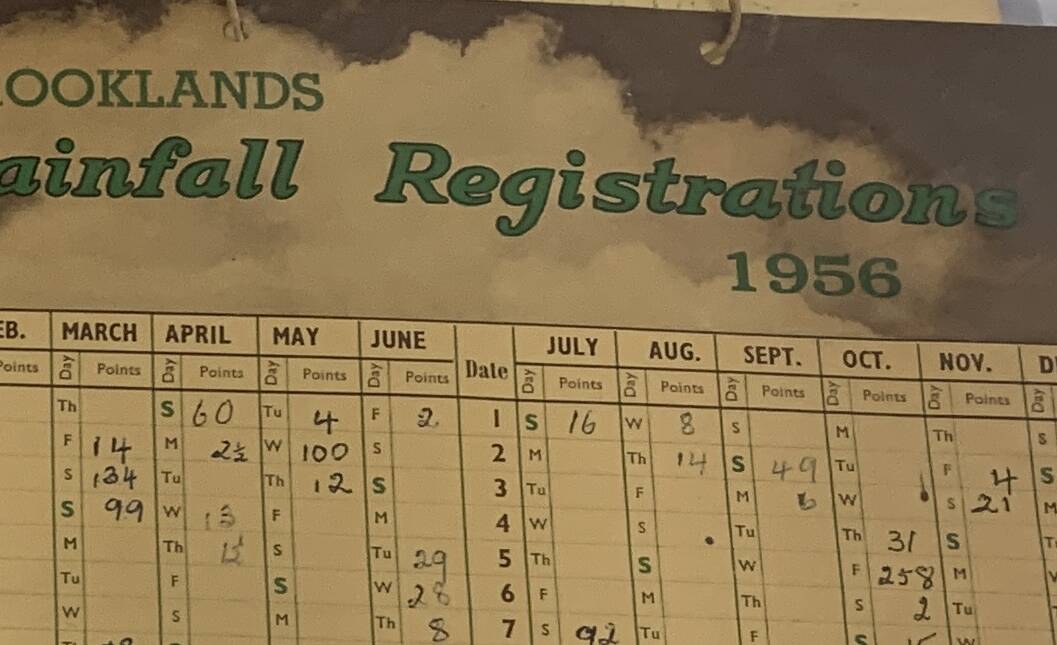
How long have you been keeping rainfall records? Kingsley and his family kept records at Brooklands from 1926 until 2022. "We never missed a day checking the gauge," says Kingsley. "If we were sick or away, a neighbour or friend would take the reading." That's not one day missed in over 35,000. What an effort. Oh, and for the record, the driest year was 1982 (300mm) and the wettest was 1950 (1269mm). Maybe we can give the wettest record a shake this year? You can check out the tea tin (BYO hot water!), rainfall records and many other curious objects at The Brooklands story exhibition currently on show at the Hall School Museum & Heritage Centre (Thursdays 9am-12pm and Sundays 12pm-4pm).
CONTACT TIM: Email: tym@iinet.net.au or Twitter: @TimYowie or write c/- The Canberra Times, GPO Box 606, Civic, ACT, 2601







